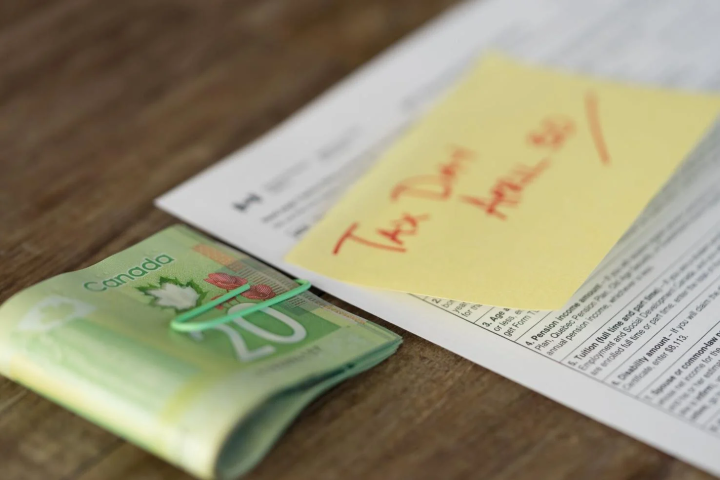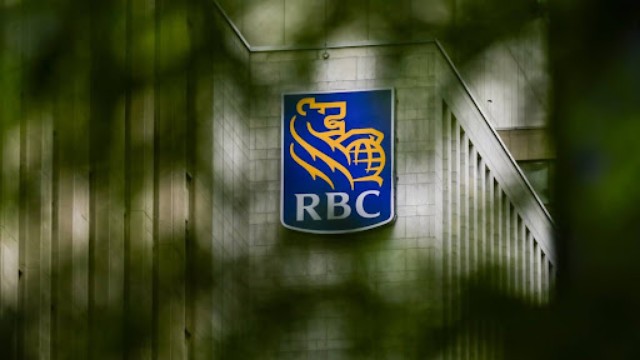
Pic Source: Toronto Star
While filing taxes can be time-consuming, many Canadians anticipate a modest windfall during tax season in the form of a refund. The Canada Revenue Agency (CRA) aims to process refunds within two weeks for online submissions and eight weeks for those filed by mail.
Recent data from Statistics Canada reveals that between Feb. 10, 2022, and Jan. 28, 2023, nearly 18 million Canadians received refunds, with an average return of $2,093. Financial experts Jason Heath from Objective Financial Partners and Ian Calvert from HighView Financial Group offer advice on maximizing the benefits of a tax refund.
They recommend prioritizing the repayment of high-interest debts such as credit cards and payday loans, considering the prevailing interest rates, which have risen notably in recent years. Calvert highlights the importance of establishing or augmenting an emergency fund, advising individuals to set aside three to six months' worth of living expenses to cushion against income disruptions or unforeseen expenses.
For those focused on retirement planning, Calvert suggests using the refund to jumpstart contributions to the 2024 Registered Retirement Savings Plan (RRSP), considering the increased contribution limit. Additionally, Canadians aspiring to homeownership can contribute to the First Home Savings Account (FHSA), with an annual contribution limit of $8,000 and a lifetime maximum of $40,000.
Calvert emphasizes the flexibility of Tax-Free Savings Accounts (TFSA) for short-term capital needs, given the increased contribution limit for 2024. However, Heath advises against feeling discouraged if the refund is needed for immediate living expenses, reassuring individuals that one challenging year should not overshadow long-term financial goals.















